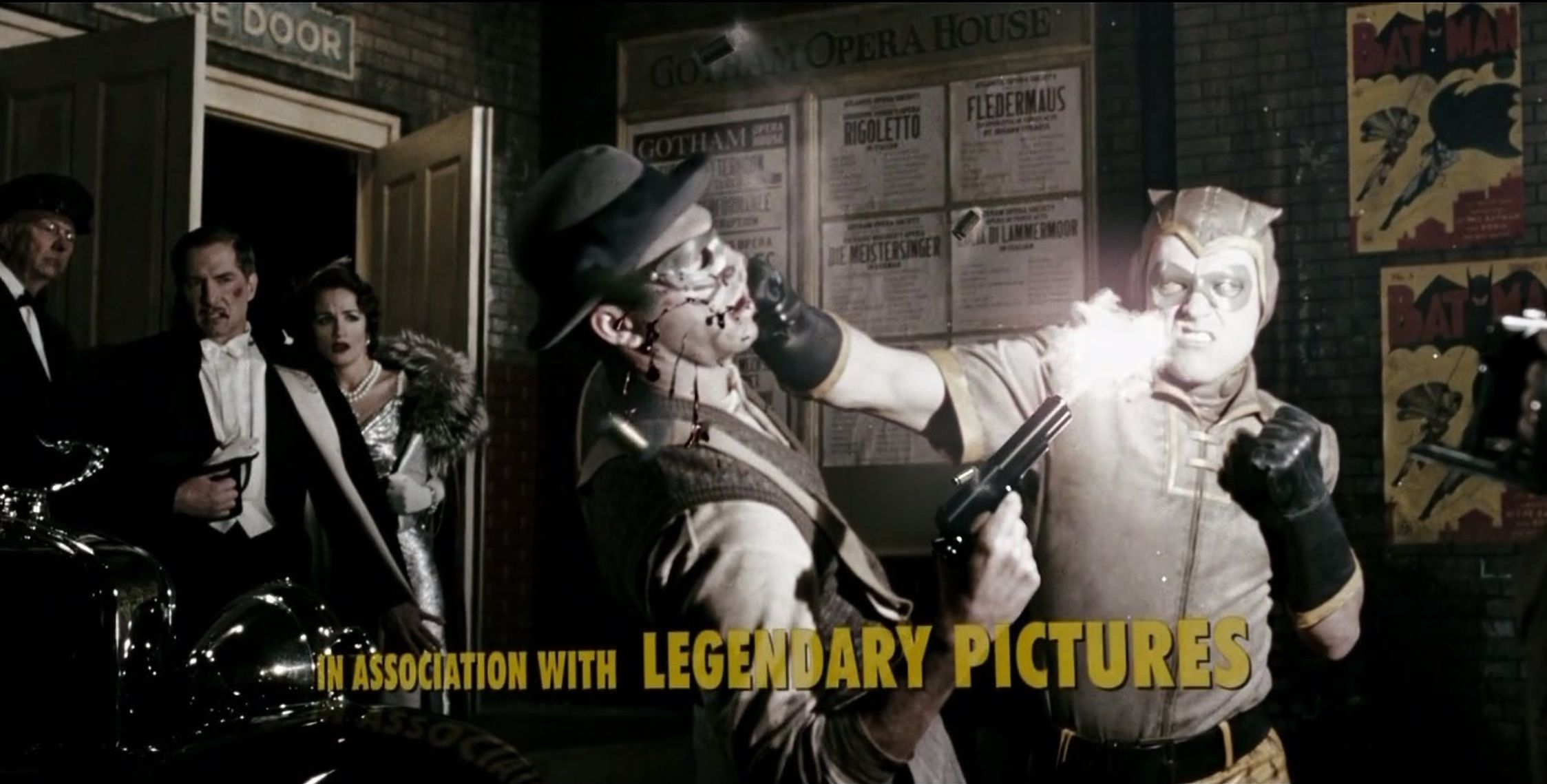
Batman exists in HBO's Watchmen universe - but their version of the Dark Knight is black. Damon Lindelof's "remixed" sequel series examines Alan Moore and Dave Gibbons' classic graphic novel from the lens of racial injustice in America; the action has been transplanted to 2019 Tulsa, Oklahoma, and the main character is the African-American Detective Angela Abar AKA Sister Night (Regina King), who has learned her grandfather Will Reeves (Louis Gossett, Jr.) was Hooded Justice - meaning the original superhero in Watchmen's world was a black man.
Watchmen still acknowledges its origins as a DC Comics publication and has woven in the influence of DC's two greatest heroes, Batman and Superman. The Man of Steel existed (at least for a time) as a comic book creation; in 1938, NYPD Officer Will Reeves read Action Comics #1, the first appearance of Superman. Further, the concept of "Superman" has been usurped by Doctor Manhattan, the only superpowered being in Watchmen, who's often referred to as a Superman. Batman is a little trickier; the Caped Crusader was actually referenced in the opening credits of Zack Snyder's Watchmen movie where the original Nite Owl saved the Waynes from being mugged while Detective Comics #27, Batman's first appearance, anachronistically appears on the wall behind them. But Snyder's film is set in a different Watchmen universe and Batman hasn't been explicitly mentioned in HBO's series.
However, Batman has finally been mentioned in Watchmen's tie-in website Peteypedia. In his latest memo examining the origins of Sister Night, Agent Dale Petey (Dustin Ingram) explored Angela Abar's childhood inspiration for her masked persona: the 1977 Sister Night blacksploitation movie Angela first discovered on her 10th birthday in Saigon, Vietnam. Petey did some digging into the entire "Black Mask" movie subgenre (which is itself a nod to the Batman villain Black Mask); Sister Night is a blacksploitation spoof on Silhouette of the Minutemen. Other Black Mask parodies include Black Superman (about Doctor Manhattan), Tarantula (spoofing Mothman), and Batman, which is a blacksploitation spin on Nite Owl. This is an unexpected but still strangely fitting way for Batman to exist in HBO's Watchmen.

In Watchmen's world, because costumed superheroes were a real thing culminating in a true superpowered being, Doctor Manhattan, the phenomenon of comic book superheroes never took hold. Meanwhile, Nite Owl - especially the second version of the aviary avenger, Dan Dreiberg - has always been seen by fans as Watchmen's stand-in for Batman; he dressed like a winged animal and used a fantastic array of Owl-themed weapons and vehicles to fight crime. It's a clever inversion that in Watchmen, Batman was "inspired" by Nite Owl - but with the added twist of social commentary wherein, a black Batman spoofs the white Nite Owl.
This neatly fits into Watchmen's inversion of the superhero trope being a white male power fantasy overall, as seen when Agent Laurie Blake (Jean Smart) and the FBI's Anti-Vigilante Task Force busted a "rich white a**shole" dressed as a black-caped superhero in Watchmen episode 3, "She Was Killed By Space Junk". Meanwhile, the truth all along is Hooded Justice, the first masked avenger who has ties to Batman's pulpy and violent vigilante origins, was secretly a black man.
In Watchmen's world, Bob Kane apparently never created the Bruce Wayne/Batman character in 1939. But the idea of a caped crusader dressed like a bat eventually manifested decades later in the form of black culture critiquing Nite Owl and, to a greater extent, the fact as far as anyone knew, all of the superheroes in the world were white (with the exception of Doctor Manhattan). Ultimately, Batman is simply too good of an idea not to rise eventually but, in Watchmen, it was the black culture that 'created' the Dark Knight to mock Nite Owl.
from ScreenRant - Feed https://ift.tt/2LhZQCz

0 comments:
Post a Comment